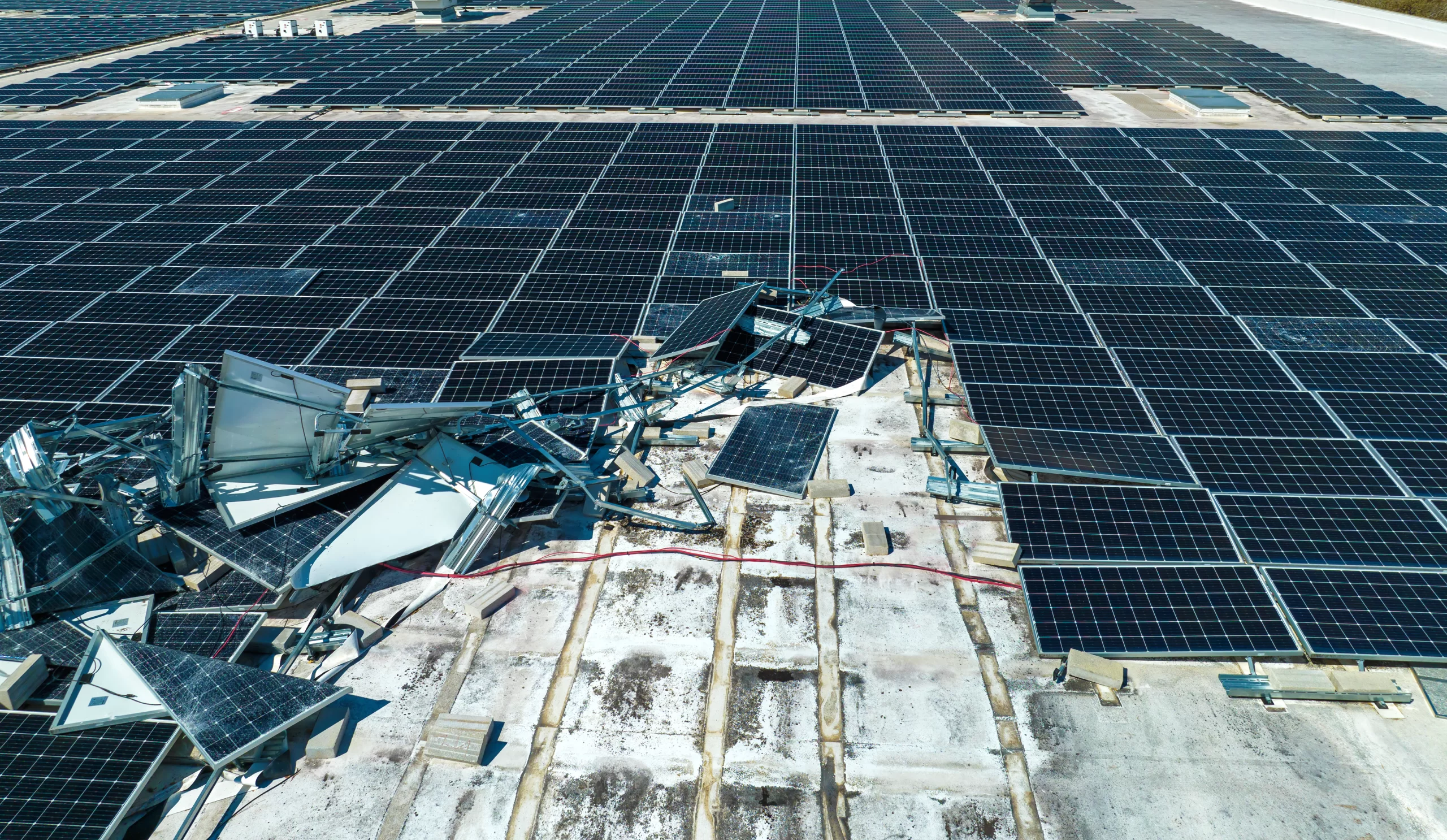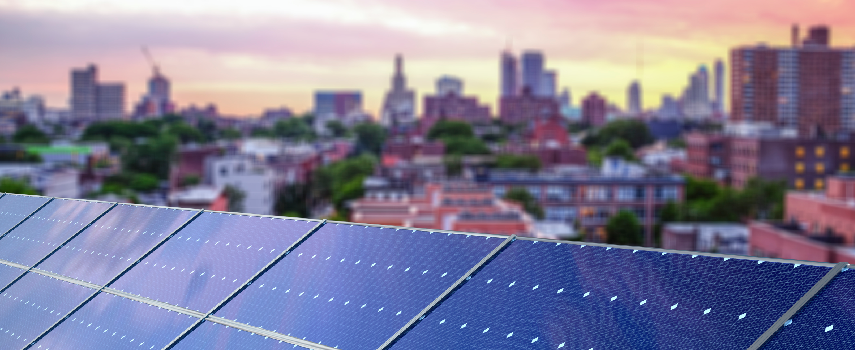This week, tragedy struck Brooklyn when a solar panel ripped loose from a rooftop parking structure during a powerful nor’easter and fatally struck 76-year-old Lyudmila Braun as she walked along Ocean Parkway near Brighton Beach Avenue. The panel, part of a recently installed solar array on the building at 3000 Ocean Parkway, reportedly flew about 20 feet before impact. It had been installed by Best Energy Power, according to the New York City Department of Buildings.
City officials immediately issued stop-work and vacate orders, closed the adjacent sidewalk and Q train entrance, and began a full investigation into what went wrong. Beyond the heartbreak of this event lies a complex legal question: Who bears responsibility when a solar installation causes death or injury — the property owner or the contractor? In New York, both parties carry overlapping but distinct duties. Under the independent contractor rule, property owners are generally not liable for the negligence of an independent contractor.
However, that protection disappears in three situations: negligent hiring or supervision, inherently dangerous work, or when the law imposes a non-delegable statutory duty. Even outside construction, owners face exposure under premises liability principles. Their duty to those on their property depends on visitor status. They must keep premises safe and warn invitees of hidden dangers, warn licensees of known hazards not easily discovered, and refrain from willful or reckless harm to trespassers.
New York’s Labor Law §§ 240 and 241(6) add another powerful layer. These statutes impose non-delegable duties on both owners and contractors in construction-related work — duties that cannot be transferred by contract. Section 240, known as the Scaffold Law, applies to elevation-related hazards like falling panels or collapsing scaffolds. Section 241(6) ties liability to violations of specific Industrial Code safety rules. The Court of Appeals’ 2022 decision in Toussaint v. Port Authority clarified that liability under 241(6) exists only when a specific regulation is violated, not merely a general safety obligation.
Contractors, meanwhile, face direct negligence liability for defective installation, maintenance, or inspection of solar equipment. To prevail, an injured party must prove duty, breach, causation, and damages. Contractors may defend themselves under the plans-and-specifications doctrine, arguing they followed approved design plans unless those plans were obviously defective. Compliance with industry standards and building codes also supports a defense, though it does not excuse clear safety lapses.
Both owners and contractors must also comply with New York Real Property Law § 342, enacted in 2021, which requires that all solar systems meet local, state, and federal safety standards and proper permitting. This law makes safety compliance a shared, affirmative obligation.
After an accident, insurance coverage becomes critical. Commercial General Liability (CGL) policies typically exclude repairs to the defective work itself — such as replacing the faulty solar array — but do cover resulting property damage or bodily injury. As the court held in George A. Fuller Co. v. U.S. Fidelity & Guaranty Co., CGL coverage applies to damage caused by defective workmanship, not the workmanship itself. Similarly, First Mercury Insurance Co. v. Nova Restoration confirmed that “product hazard” and “construction system” exclusions may bar coverage for exterior installations like solar panels.
Coverage disputes often hinge on whether a loss falls under first-party or third-party insurance. Property insurance protects the insured’s own property, while liability insurance covers claims by others — such as injuries to pedestrians like Ms. Braun. When property owners seek recovery under contractors’ liability policies, insurers frequently contest coverage based on exclusions or lack of causation.

Both property owners and contractors can raise defenses, including comparative negligence, which reduces recovery in proportion to the injured person’s own fault. Owners can assert independent-contractor immunity by showing no control over the work, while contractors may cite compliance with all safety codes and specifications.
Yet these defenses collapse when non-delegable duties under Labor Law §§ 240 and 241(6) are violated — in those cases, liability is absolute.
The Brooklyn tragedy demonstrates why these legal principles matter. A solar panel that should have been anchored to withstand high winds became a deadly projectile, showing that safety compliance is not optional — it is the line between progress and disaster. As New York continues to expand renewable energy under Executive Law § 378 and the state’s electrification mandates, rooftop solar projects will multiply — and so will the need for proper engineering, inspection, and insurance oversight.
Every installation must meet both environmental goals and the city’s uncompromising safety standards. At The Platta Law Firm, we represent victims of serious premises and construction accidents throughout New York. Our attorneys investigate every layer of liability — from property ownership and contractor negligence to insurance coverage and code compliance — to secure full compensation for victims and their families.
If you’ve been injured in an accident, don’t wait. Call us 24/7 or contact us through our website or live chat to speak directly with an experienced attorney at The Platta Law Firm. We fight for injury victims across New York and will help you get the justice and compensation you deserve.

